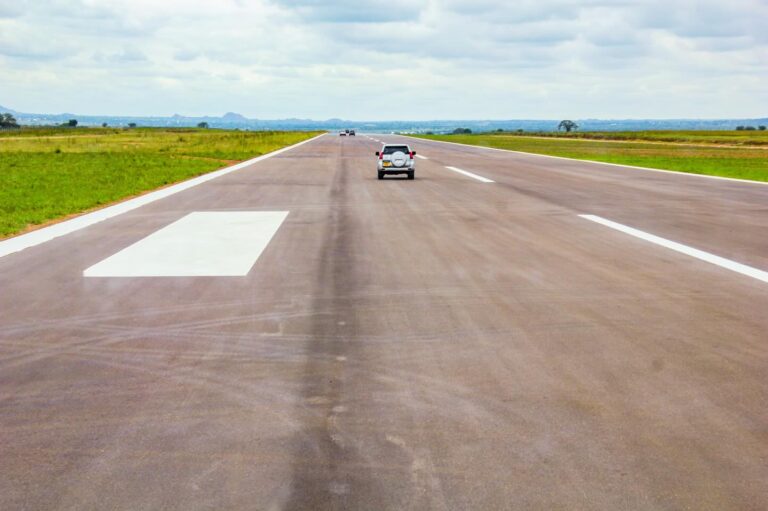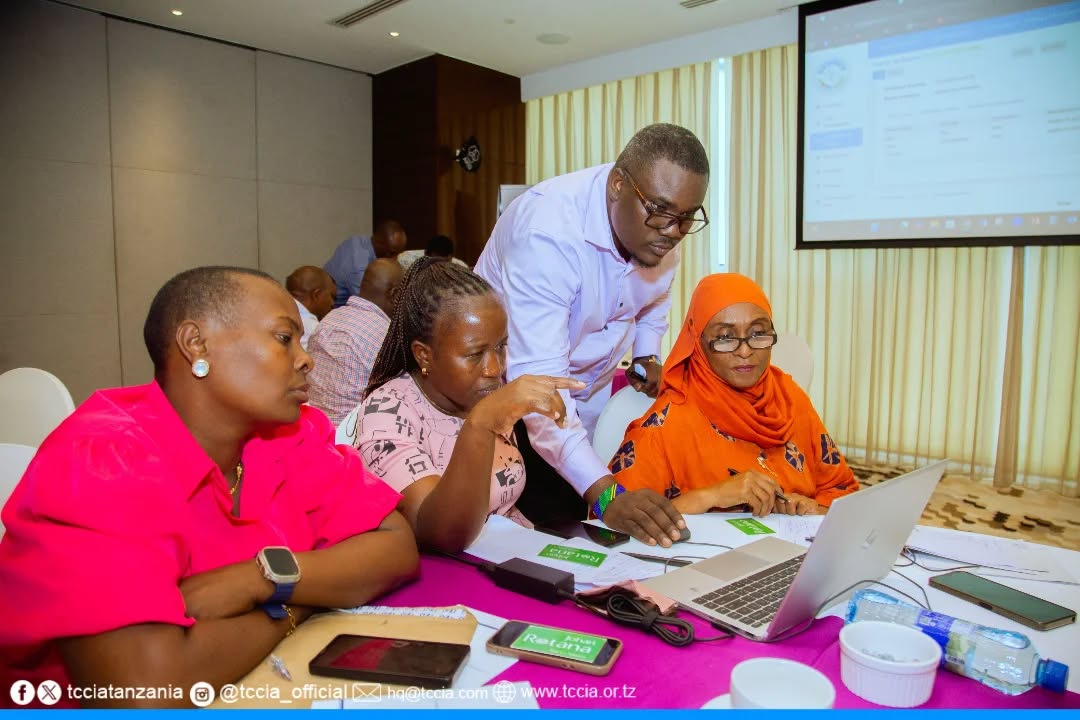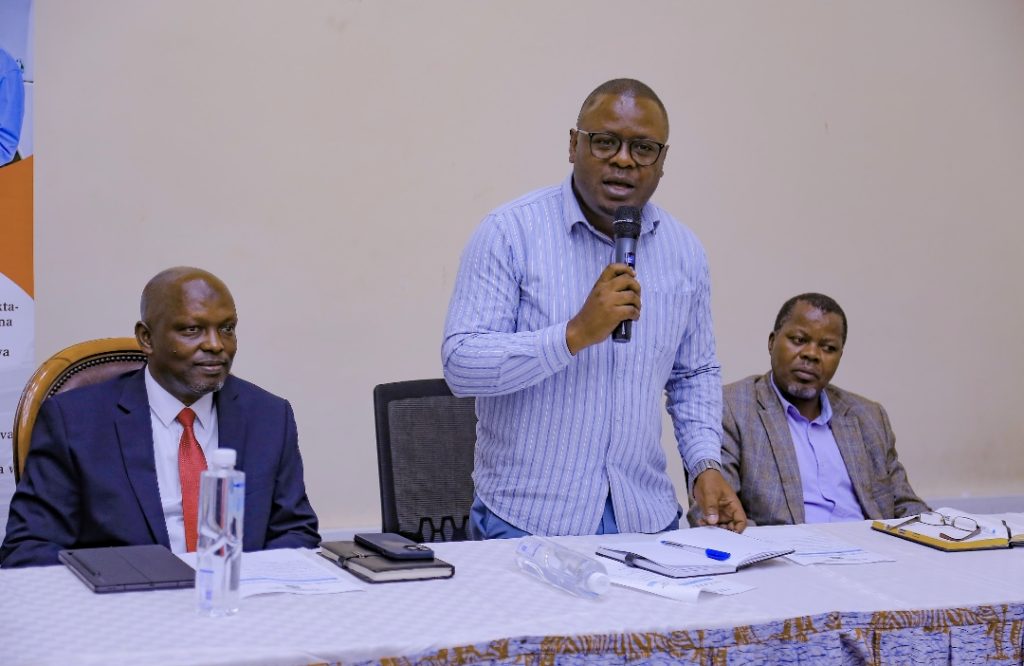Dar es Salaam. The construction of Shinyanga Airport has reached 75 percent completion and is on track for full operational readiness by June 2025, a senior government official has confirmed.
Deputy Permanent Secretary in the ministry of Works, Dr Charles Msonde, informed the visisint parliamentary Investment Committee (PIC) that significant progress has been made, with key infrastructure such as the runway, taxiways, and access roads already completed.
The passenger terminal is also advancing well.
“The runway is 2,200 metres long and 30 metres wide, making it suitable for aircraft such as the Bombardier Q400,” Dr Msonde said.
The project, valued at Sh48.5 billion, has provided employment for more than 240 people.
Once operational, the airport is expected to boost economic activities in agriculture, mining, and trade.
PIC Chairperson, Augustine Vuma, commended the ministry of Works and the Tanzania National Roads Agency (Tanroads) for their efforts, urging them to ensure seamless coordination with the Tanzania Airports Authority (TAA) and the Tanzania Civil Aviation Authority (TCAA) so that air travel services in Shinyanga can commence without delay.
“The progress is commendable. I urge Tanroads, TAA, and TCAA to coordinate effectively to enable the immediate launch of air services once construction is completed,” he said.
Acting Shinyanga Regional Commissioner, Julius Mtatiro, noted that the airport’s completion would improve connectivity and contribute to the region’s economic growth.
Boosting Tanzania’s domestic aviation network
Shinyanga Airport is part of the government’s broader strategy to enhance the country’s aviation infrastructure, aiming to improve domestic connectivity and unlock economic opportunities.
Tanzania has been expanding and upgrading airports across the country, with a particular focus on regional hubs.
Other key projects include the expansion of Songwe Airport, modernisation of Mwanza Airport, and the ongoing development of Msalato International Airport in Dodoma, which is set to complement Julius Nyerere International Airport (JNIA) as a major gateway.
These developments align with the government’s goal of increasing air transport accessibility, reducing reliance on road travel, and supporting sectors such as tourism, trade, and mining.
The expansion is also expected to attract more domestic and regional airlines, further stimulating competition and affordability in air travel.
With Shinyanga Airport nearing completion, stakeholders are optimistic that improved air transport services will drive economic growth and facilitate easier movement of people and goods within Tanzania.







